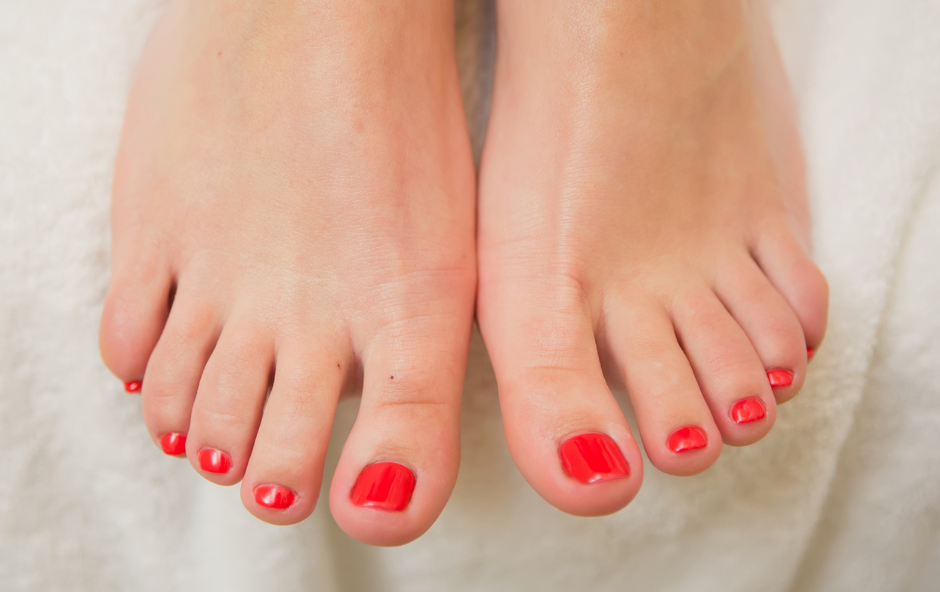Getting to Know the Function of Each 5 Toes

We often think of our toes as being a connected unit, but each toe holds a unique set of challenges and distinct functions that are crucial to our balance, gait, and overall foot health. From the smallest pinky to the mighty big toe, delve into the fascinating functions and vulnerabilities of each toe with us at My Chicago Foot Expert.
The Pinky Toe
The pinky’s primary function is stability and balance. While it bears the least amount of weight, it acts as an outrigger during walking and running by providing lateral support and preventing us from swaying excessively.
Due to its position on the outside of the foot, the pinky toe is particularly susceptible to friction and pressure from footwear, leading to conditions like corns, calluses, and bunions. Fractures can also occur due to direct trauma or repetitive stress, such as from stubbing, which is one of the most common toe injuries.
The Fourth Toe
Moving inwards, the fourth toe works in conjunction with the pinky to maintain balance while walking. It also contributes to the foot’s ability to adapt to uneven terrain.
Like the pinky, the fourth toe can be affected by ill-fitting shoes that lead to corns and calluses between the toes. Nerve compression, known as Morton’s neuroma, also commonly occurs in the space between the third and fourth toes, so a lot of pain and numbness is felt here.
The Middle Toe
The middle toe is the third digit and plays a significant role in weight distribution compared to its smaller neighbors. It helps to stabilize the foot during the stance phase of gait and contributes to a smooth transfer of weight.
Due to its central location, the middle toe can be affected by hammertoes and other deformities caused by muscle imbalances or improper footwear. These conditions can lead to pain and difficulty wearing shoes.
The Second Toe
The second toe, often longer than the big toe in some individuals, helps to absorb shock while walking and running and assists in the final push-off.
Its length can sometimes make it more prone to friction against the top of shoes, which makes it susceptible to blisters and corns. Additionally, stress fractures can occur due to repetitive impact, especially in individuals with Morton’s toe who may place more weight on this digit.
The Big Toe
Finally, we arrive at the big toe, or the hallux. The undisputed powerhouse of the foot and the most injured. Because it bears the most weight during walking and running, it has a strong structure, with two sesamoid bones beneath its head that allow for powerful push-off and efficient gait.
The big toe is also vital for balance. Injuries to the big toe, such as bunions, arthritis, and turf toe (a sprain of the ligaments), can significantly impact mobility and cause considerable pain. Ingrown toenails are another common issue affecting this important digit.
Reach out to the tenured staff at My Chicago Foot Expert by calling (773) 561-8100 or by clicking here to schedule an appointment with Cook County podiatrist Stavros O. Alexopoulos, DPM, in our modern, comfortable Ravenswood office today.







